Neck Pain
Almost everyone experiences some form of neck pain, ranging from slightly irritating to completely crippling, in their lifetime. Whatever the degree of pain you are experiencing at the very least you would probably rather live without it.
Fortunately, you can take measures to prevent or relieve most episodes. If prevention fails, safe and effective treatment along with guidance on proper posture often allow your neck to heal within a few weeks. In most cases early treatment intervention often leads to the best outcomes. Surgery is rarely needed to treat neck pain.
If you have been suffering from mild to severe neck pain in Collingwood, then seeking treatment earlier than later is always a good move. The information below is meant to help inform you, but we highly recommend that you seek a professional opinion to properly diagnose these issues.
Quick Links
Symptoms
From waking up with a ‘kink’ in your neck to chronic daily pain, neck pain can make even the simplest of movements involving the head and neck excruciatingly difficult. It can lead to headaches, pain that shoots down your arm, pain into your upper back and ribs, and even numbness in the hand. The pain can worsen with turning your head, looking up, sleeping at night, holding your head in one place for long periods such as when driving or working at a computer, coughing or sneezing.
When to see a doctor
Most neck pain gradually improves within a few weeks. However, not addressing the cause often ends with incomplete healing and repeat episodes that occur with increasing frequency, severity and the time it takes to feel better. Early intervention is the key to a successful outcome so contact a doctor if you have any of the symptoms above or conditions listed below.
In rare cases, neck pain can signal a serious medical problem. Seek immediate care if you have trouble speaking, hearing or seeing, weakness on one side of the face and/or body, unexplained dizziness or trouble walking, sudden and extremely severe headache, a fever or unexplained weight loss, or have suffered a traumatic fall or blow to your neck.
Causes
Neck pain can be caused by one or several conditions involving an injury to the neck. Pain may even radiate down the arm as far as the hand which can mimic carpal-tunnel symptoms. It can involve the spinal nerves, spinal discs, joints and muscles of the neck. The following explains some of the most common conditions that cause neck pain.
Neck strain and/or sprain
Sharp and sudden neck pain can result from heavy lifting overhead, repetitive activities and postures, whiplash during an accident or sport, or even sleeping with the head in an awkward position. Strains are injuries to the muscles and tendons while sprains involve the joints of the neck and can include the ligaments, cartilage and spinal discs. These can be extremely painful, and may be accompanied by swelling, bruising and spasms, however they tend to respond well to treatment.
Disc bulges and herniations
A very common issue ranging from painless to debilitating neck pain that can cause severe muscle spasms that may leave someone unable to move their head for days. It often becomes difficult to turn the head, bend the head forward or move the neck at all. When the discs between the bones in the back are damaged the jelly-like center can bulge or leak out and pinch a nerve in causing severe shooting or stabbing pain into the arm along with numbness, tingling and/or weakness into the hand. Prompt diagnosis and treatment is important to avoid worsening and relieve pain.
Arthritis and spinal stenosis
Morning neck stiffness and pain is a hallmark sign of arthritis. Progressive wear and tear of the joints and discs of the neck over time or from a history of neck injury cause an increasing sense of stiffness and tightness. The cartilage of the joints wear thin while the joints thicken and may develop bone spurs. In some cases, these changes lead to a lack of space for the nerves causing pain and nerve symptoms into one or both arms making it difficult to sleep, grasp and hold objects, or perform other tasks with the hands. Symptoms are often managed well with treatment.
Rib sprain
Sudden and sharp pain at the base of the neck, over the shoulder and into the mid back from a twist, violent sneeze, chronic cough or for seemingly no reason at all. All movements including deep breathing can cause excruciating pain making it impossible to find any relief. Often referred to as having a 'rib out' this condition's bark is worse than its bite in that despite the severe pain it is relatively harmless. However, seeking a professional diagnosis is recommended to rule out other causes. Symptoms often resolve gradually over a few weeks, but early treatment intervention can speed this up significantly.
Osteoporosis
Weakening of the bones in the spine can lead to sometimes painful fractures that happen suddenly with a fall or gradually over time in the later decades of life. Prevention starting from young adulthood is key to minimizing bone loss.
Chronic medical conditions
Conditions such as inflammatory arthritis and meningitis can cause neck pain. These all need to be identified and treated at the cause to reduce pain and avoid long-term health issues. Even when these sources are treated medically the associated symptoms involving pain in the muscles and joints of the back respond well to co-management.
Risk factors
Anyone can develop neck pain, even children and teens, but these factors put you at greater risk:
- Age. More common as you get older, starting around age 30 or 40.
- Lack of exercise. Weak, unused muscles in your neck.
- Repetitive postures. Overuse of the muscles and joints of the neck driving or watching your computer, phone or television too long.
- Poor sleeping position. Stomach or side sleeping can strain the neck along with a pillow of an inadequate size or firmness.
- Poor ergonomic workstation. The positioning of your computer screen and keyboard can strain the neck.
- Smoking. Smoking decreases blood flow to the spine.
- Occupation. A job that requires you to work at a computer or looking up for long periods of time can strain the neck.
- History of neck injury. History of whiplash from a car accident, fall or sports can lead to early degenerative changes.
Neck Pain Testimonial
"Adam is a rock star who has worked with me on a couple ailments over the past year and a half. I had developed numbness in the fingers of my left hand which turned out to be carpal tunnel syndrome. Adam's quick identification of the issue led to effective treatment by him which has resulted in full feeling returning to my hand. More recently, over the past month a strong and sudden sneeze had me strain some soft tissue around my ribs. A few visits to Adam over the past few weeks has me feeling 100% again. I highly recommend him!"
Diagnosis
Your doctor will collect information about your neck pain and lifestyle prior to your appointment and then use this to guide an assessment on how certain movements and positions affect your pain. Special orthopaedic tests and palpation help determine what is injured and painful. The doctor uses this information to help rule out more-serious causes.
The diagnosis identifies both where the pain comes from as well as the underlying cause. The best treatment approach is then determined and communicated to the patient along with the required dosage and the expected degree of recovery with and without treatment.
Advance diagnostic tests
Advanced diagnostic testing can provide some further insight. This testing alone however can sometimes be misleading when identifying the origin of the pain as many findings can also be found in individuals with no pain. Waiting for testing to be ordered and performed can delay essential treatment and often does not lead to better outcomes or change the prescribed treatment plan. Some patients become focused on testing and are either let down when it does not lead to an immediate solution or give up and accept pain choosing to do nothing about it when it could in fact respond very well to treatment.
When advanced testing may be necessary
If neck pain is not responding to, or worsens despite, appropriate treatment or your doctor feels there is reason to suspect a more serious cause they may order one or more of the following tests:
- X-ray. These images show the alignment of your bones and whether you have arthritis or broken bones. These images alone won't show problems with your spinal cord, muscles, nerves or discs.
- MRI or CT scans. These scans generate images that can reveal herniated discs or problems with bones, muscles, tissue, tendons, nerves, ligaments and blood vessels.
- Nerve studies. Electromyography (EMG) measures the electrical impulses produced by the nerves and the responses of your muscles. This test can confirm nerve compression caused by herniated discs or narrowing of your spinal canal (spinal stenosis).
Treatment
Early treatment intervention when symptoms are mild often leads to the best results with the least amount of suffering. The prevention and self care strategies learned during the course of treatment can reduce the occurrence or severity of future episodes and the risk of chronicity and long term disability.
Pre-treatment recommendations
While awaiting a consultation with a doctor there is some basic common sense advice that can ease sciatica:
- Do not wait until the pain worsens or reaches extreme pain levels prior to seeking care, early intervention is the key to the best results.
- Stop the offending cause. Sometimes this requires keeping a log of what seems to increase the pain.
- Keep moving. Do not be afraid of activity as sitting and bed rest may be making your pain worse. Light walking and changing positions often are two good strategies.
- Find positions of relief. Certain postures and positions likely increase your pain while others provide relief. Find those that relieve your pain and spend more time in them.
Conservative (non-surgical) treatment
There are many conservative treatment approaches backed by a substantial body of evidence, however it is never a one-size fits all approach that works for everybody. The mechanism of injury, degree of symptoms, patient age and other pre-existing conditions often guide your doctor's choice in the type of treatment they recommend. Treatment should aim to provide immediate pain relief within the comfort level of the patient and progress to addressing causative factors. Conservative treatment approaches often include one or a combination of the following:
- Education. What activities and postures to stop to decrease your pain and allow healing.
- Exercises. Designed first to relieve pain and increase your mobility then strengthen your neck muscles to provide protection and support.
- Muscle Releases. Massage and hands-on stretches to relieve pain and relax the muscles surrounding the head, neck and shoulders.
- Joint Releases. Stretches or adjustments of the joints in the neck and shoulders to relieve pain, restore motion and decrease tension.
- Spinal Decompression. A specialized table that stretches the spine to decompress the spinal discs and joints in the back to relieve pain and decrease muscle tension.
- Acupuncture. The insertion of ultra-thin needles in the muscles to relieve pain and stimulate healing.
- Medications. Anti-inflammatories, muscle relaxants, oral and topical pain relievers, narcotics and anti-depressants as directed by a physician.
Treatment is delivered in a specific dosage based on the stage of healing and other factors. Adherence to the prescribed treatment plan is often as important as the treatment type.
Surgical and other procedures
If symptoms show no change or worsen despite sound conservative treatment approaches after several weeks, your doctor might suggest an alternative treatment approach, stronger medications, advanced imaging or other procedures including surgical consultation. More invasive procedures used to treat neck pain may include:
- Cortisone injections. Injection of cortisone — a strong anti-inflammatory drug — plus a numbing medication into the space around your spinal cord helps decrease inflammation around the nerve roots, but the pain relief usually lasts only a month or two.
- Surgery. If you have unrelenting pain associated with radiating arm pain or progressive muscle weakness caused by nerve compression, you might benefit from surgery. These procedures are usually reserved for pain related to structural problems, such as narrowing of the spine (stenosis) or a herniated disc that fails to respond to other therapy.
Buyer beware
Because neck pain is so common, numerous products promise prevention or relief, but what works for one person may not work for another. There are many contributing factors that need to be addressed and you cannot buy your way out of making the necessary lifestyle changes.
Also, be wary of Dr. Google, I hear he got his medical degree online and attempting to self-treat without a proper diagnosis is often ineffective and potentially dangerous.
Doctors and therapists
Muscle & Spine has one of the most experienced staff in Collingwood Ontario with an expertise in the management of neck pain. Staff are skilled in dozens of techniques and treatment approaches and work together with your other healthcare providers to ensure quality care and a successful recovery.
Dr. Adam Martynuik
Chiropractor, kinesiologist and experienced personal trainer Dr. Adam Martynuik has dedicated his career to treating the spectrum from professional athlete to working professional for spine and related…
Read MoreDr. Mack Gingerich
Chiropractor and experienced first responder Dr. Mackenzie Gingerich is an expert in the treatment of acute and chronic neck and back conditions. He has advanced experience in the treatment of hockey and…
Read More

